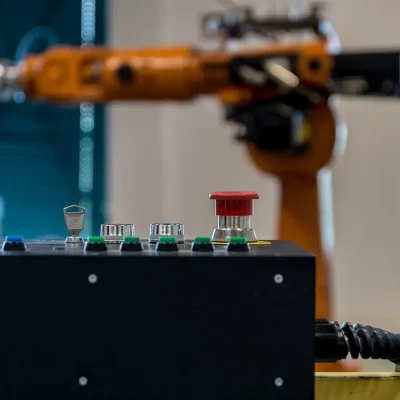Automation has become the backbone of modern manufacturing, logistics, and even service industries. Yet, while the benefits are clear higher productivity, lower costs, and greater agility integrating automation into existing operations is rarely straightforward. Many organizations discover that technology is the easy part; the real challenge lies in aligning people, processes, and legacy systems with this new digital reality.
Here are the five biggest challenges companies face in automation integration and practical strategies to overcome them.
1. Legacy Systems and Data Silos
The challenge:
Most factories and enterprises run on decades-old infrastructure, from ERP systems to custom-built machinery. These systems often don’t communicate with each other, creating fragmented data that undermines automation initiatives.
How to overcome it:
- Adopt middleware and integration platforms that bridge IT and OT systems.
- Gradually phase out non-compatible legacy systems instead of trying to replace everything at once.
- Establish a unified data architecture that ensures clean, accessible, and structured information for AI and analytics.
2. High Upfront Costs and ROI Uncertainty
The challenge:
Automation requires significant capital investment in robotics, sensors, and cloud platforms. For many organizations, especially SMEs, it’s hard to justify when ROI is unclear or delayed.
How to overcome it:
- Start with pilot projects targeting specific pain points (e.g., predictive maintenance, automated quality checks).
- Measure results quickly and scale only when ROI is proven.
- Consider “automation-as-a-service” models to reduce upfront costs.
3. Workforce Resistance and Skills Gaps
The challenge:
Employees often fear automation as a threat to their jobs. Even when the workforce is open to change, many lack the skills needed to manage AI-driven workflows, digital twins, or collaborative robots.
How to overcome it:
- Communicate transparently: position automation as a tool to reduce repetitive work, not replace people.
- Invest in continuous upskilling programs covering data analysis, robotics maintenance, and digital operations.
- Introduce cobots that enhance human work rather than displace it.
4. Cybersecurity Risks
The challenge:
Automation introduces a wider attack surface. IoT devices, cloud-based platforms, and interconnected machinery create new vulnerabilities that traditional security models aren’t equipped to handle.
How to overcome it:
- Adopt a zero-trust security framework for all connected devices.
- Regularly patch and update both IT and OT systems.
- Use AI-driven threat detection and real-time monitoring to identify anomalies before they escalate.
5. Scaling Beyond the Pilot Stage
The challenge:
Many companies succeed with small proof-of-concept automation projects but fail to scale them across the enterprise. Barriers include inconsistent standards, fragmented governance, and lack of strategic alignment.
How to overcome it:
- Define enterprise-wide automation standards and governance models.
- Align automation projects with broader business goals, not just operational efficiency.
- Build cross-functional teams (IT, OT, data, and business leaders) to ensure smooth scaling.
Final Word
Automation integration is less about machines and more about transformation. Companies that approach it holistically balancing technology with workforce readiness, security, and data strategy are the ones turning automation from an experiment into a long-term competitive edge.
In 2025, the organizations that win won’t simply automate they’ll integrate automation seamlessly into the DNA of their business.





